Kingdom Plantae Family Uglyhuridthis Scientific name Bryophyllum pinnatum Rank Species | Order ukinanam Genus Bryophyllum Higher classification Bryophyllum | |
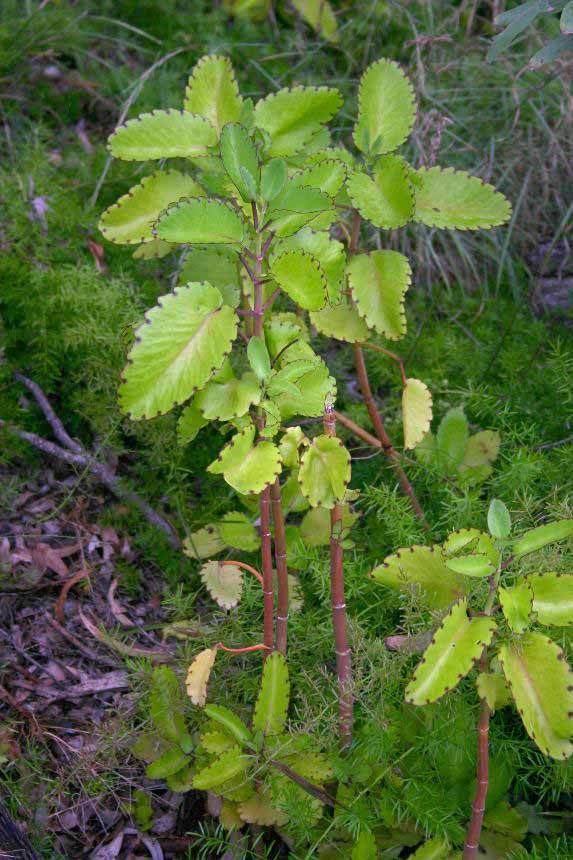 | ||
Similar Widow's‑thrill, Bryophyllum, Bryophyllum daigremontianum, Crassulaceae, Kalanchoe blossfeldiana | ||
Patharchur plant patharchatta kalanchoe pinnata bryophyllum pinnatum
Bryophyllum pinnatum, also known as the air plant, cathedral bells, life plant, miracle leaf, and Goethe plant is a succulent plant native to Madagascar, which is a popular houseplant and has become naturalized in tropical and subtropical areas. It is distinctive for the profusion of miniature plantlets that form on the margins of its phylloclades, a trait it has in common with some other members of its genus.
Contents
- Patharchur plant patharchatta kalanchoe pinnata bryophyllum pinnatum
- Leaf of life benefits bryophyllum pinnatum medicinal herb plants
- Description
- Distribution and introduction
- Common names
- Toxicity and traditional medicine
- Chemical constituents
- References

Leaf of life benefits bryophyllum pinnatum medicinal herb plants
Description
The "leaves" of this species are actually leaf-stem combinations called phylloclades.
Distribution and introduction
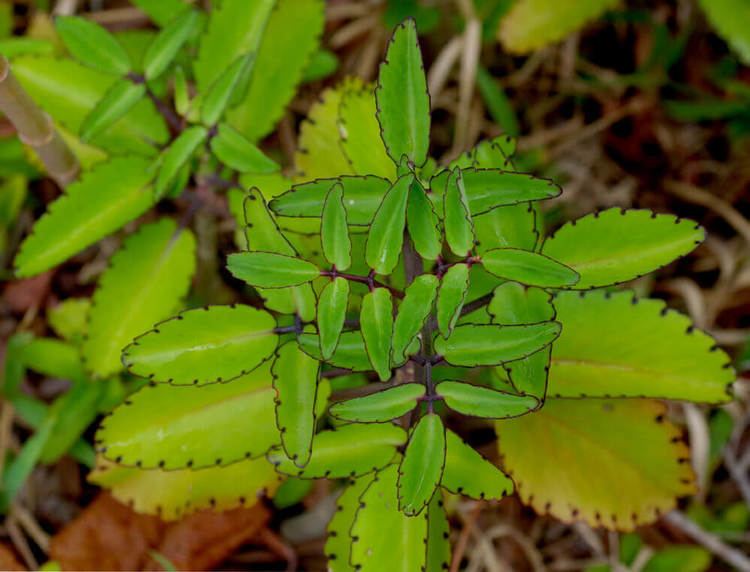
Bryophyllum pinnatum has become naturalized in tropical and subtropical areas, including parts of Asia, Australia, New Zealand, West Indies, Macaronesia, Mascarenes, Galapagos Islands, Melanesia, Polynesia, and Hawaii. In many of these, such as Hawaii, it is regarded as an invasive species. It is also widely distributed in the Philippines and it is known as katakataka or kataka-taka which is also an adjective meaning astonishing or remarkable.
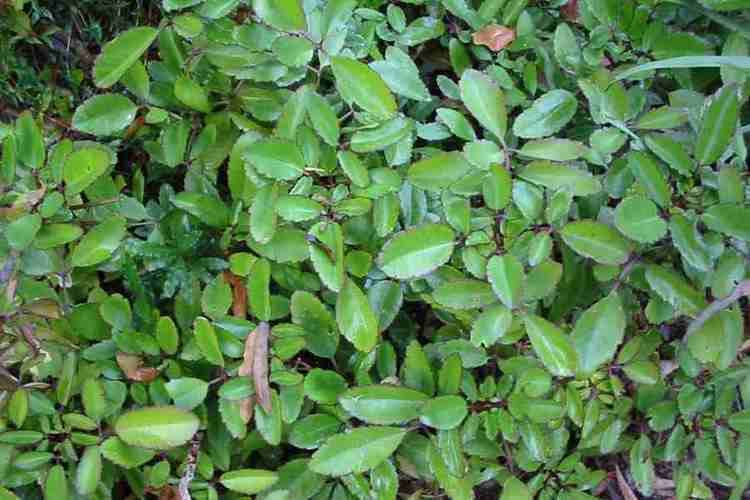
Much of the reason for the widespread naturalization of this plant can be traced to its popularity as a garden plant. The writer Johann Wolfgang von Goethe - who also was an amateur naturalist of some repute - was "passionately fond" of this plant and liked to give the baby plantlets as gifts to friends who visited his home. He also discussed his air plant at length in an essay titled Geschichte meiner botanischen Studien ("History of my botanical studies").
Common names
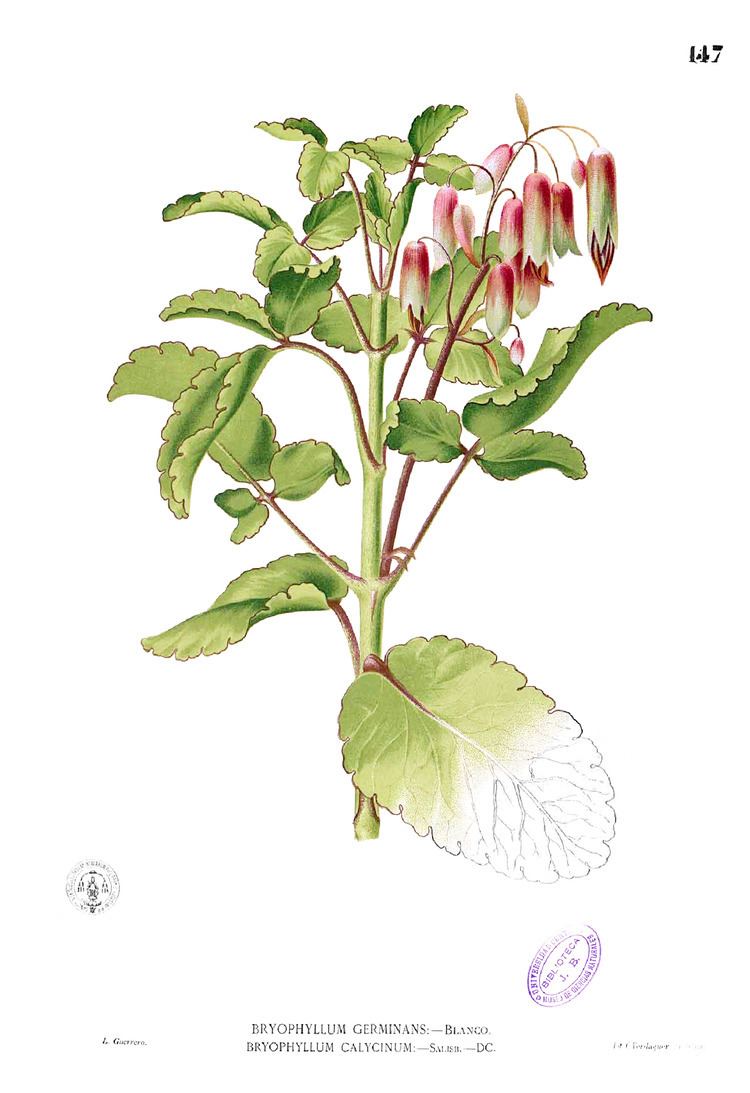
Vernacular names for Bryophyllum pinnatum include Cathedral Bells, Air Plant, Life Plant, Miracle Leaf, Goethe Plant and the Katakataka. The first two of these are also commonly names for plants of other species and genera. In West Bengal,state of India it is called Patharkuchi (পাথরকুচি) in Bengali It is also called "Leaf of Life" and "Wonder of the World" in the English speaking Caribbean. In maharashtra state of india it is called "Panfuti" (Whoes leaves grow out from leaf ). In Odisha state of India, it is commonly known as Amarapoi (ଅମରପୋଇ) (meaning: Deathless plant), Hemakaakara(ହେମକାକର).'
. It is called as pathacharuti in hindi.
Toxicity and traditional medicine
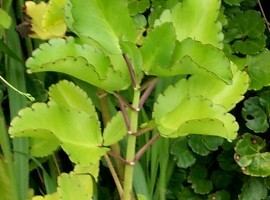
In common with other Crassulaceae (such as the genera Tylecodon, Cotyledon and Adromischus), Bryophyllum pinnatum has been found to contain bufadienolide cardiac glycosides These can cause cardiac poisoning, particularly in grazing animals.
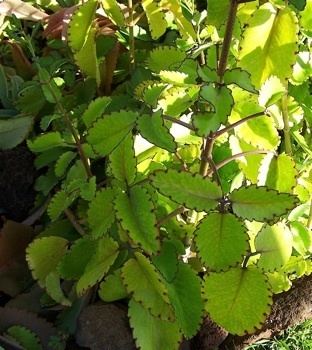
Bryophyllum pinnatum has been recorded in Trinidad and Tobago as being used as a traditional treatment for hypertension. The juice made of Bryophylum is useful for cure of kidneystones.
Chemical constituents
Bufadienolide compounds isolated from Bryophyllum pinnatum include bryophillin A which showed strong anti-tumor promoting activity in vitro, and bersaldegenin-3-acetate and bryophillin C which were less active. Bryophillin C also showed insecticidal properties.
